Microcontrollers, like the RP2040 at the heart of the Raspberry Pi Pico, are computers stripped back to their bare essentials. Over USB, you program them to take input from and send output to their input/output (IO) pins without monitors or keyboards.
Using these programmable connections, you can light lights, make noises, send text to screens, and much more. In Get Started with MicroPython on Raspberry Pi Pico, you will learn how to use the beginner-friendly language MicroPython to write programs and connect up hardware to make your Raspberry Pi Pico interact with the world around it. Using these skills, you can create your own electro-mechanical projects, whether for fun or to make your life easier.
This book shows you how to:
- Get started with Raspberry Pi Pico
- Work with various electronic components
- Create your own programmable electronic contraptions.
- Work with programming input and output (PIO) for low-level, timing-critical projects.
- Learn the Raspberry Pi Pico pinouts for hooking up components.
- Use the I2C and SPI protocols to connect to components
By the end of the book, you'll know how to create your own programmable electronic contraptions. What you do with them is up to you.
About the Author
Gareth Halfacree is a freelance technology journalist, writer, and former system administrator in the education sector. With a passion for open-source software and hardware, he was an early adopter of the Raspberry Pi platform and has written several publications on its capabilities and flexibility. He can be found on Mastodon as @[email protected] or via his website at freelance.halfacree.co.uk.
Ben Everard is a geek who has stumbled into a career that lets him play with new hardware. As the editor of HackSpace magazine (hsmag.cc), he spends more time than he really should experimenting with the latest (and not-so-latest) DIY tech. He lives in Bristol with his wife and two daughters in a house that’s slowly filling up with electronics equipment and 3D printers.
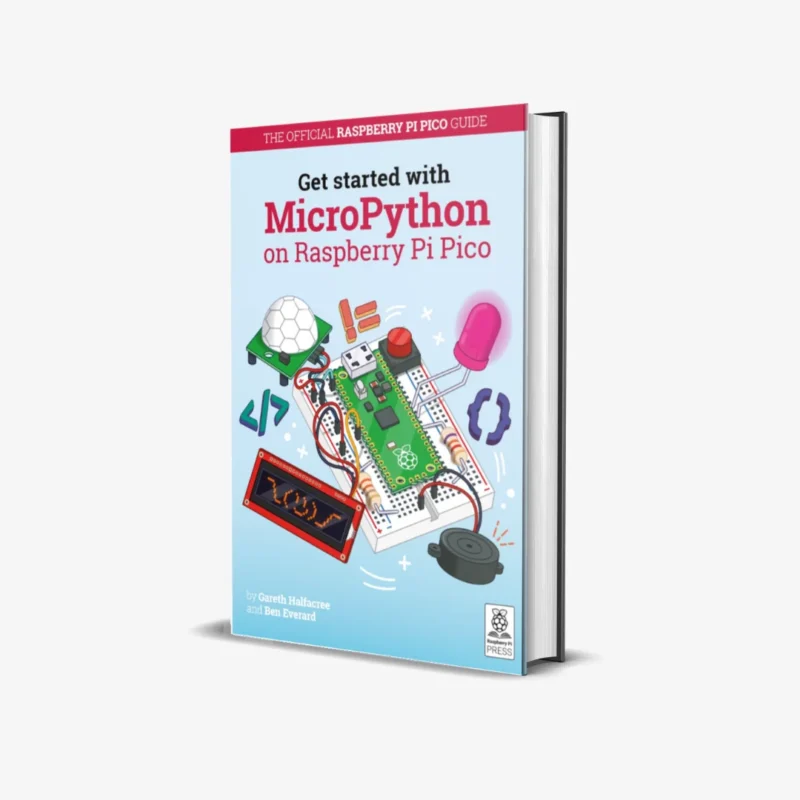

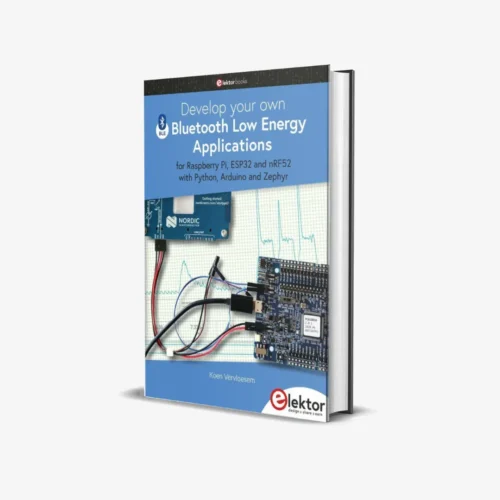



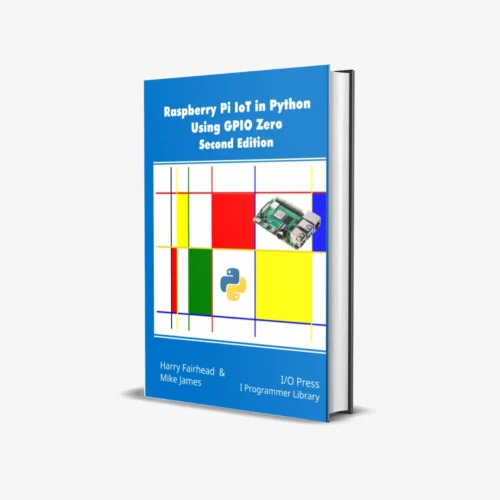
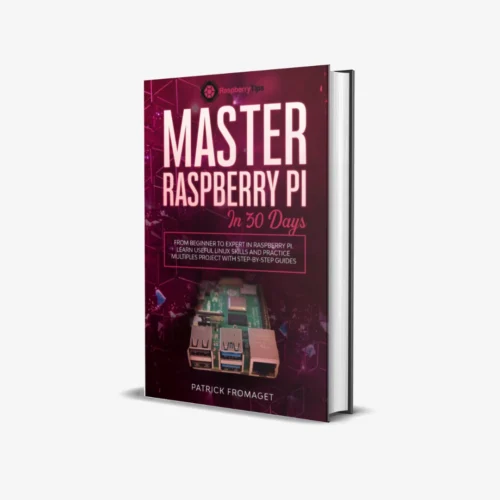

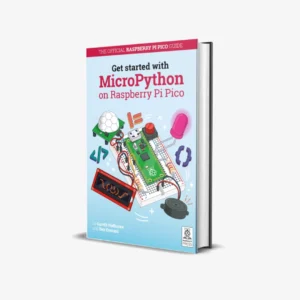
Reviews
There are no reviews yet.